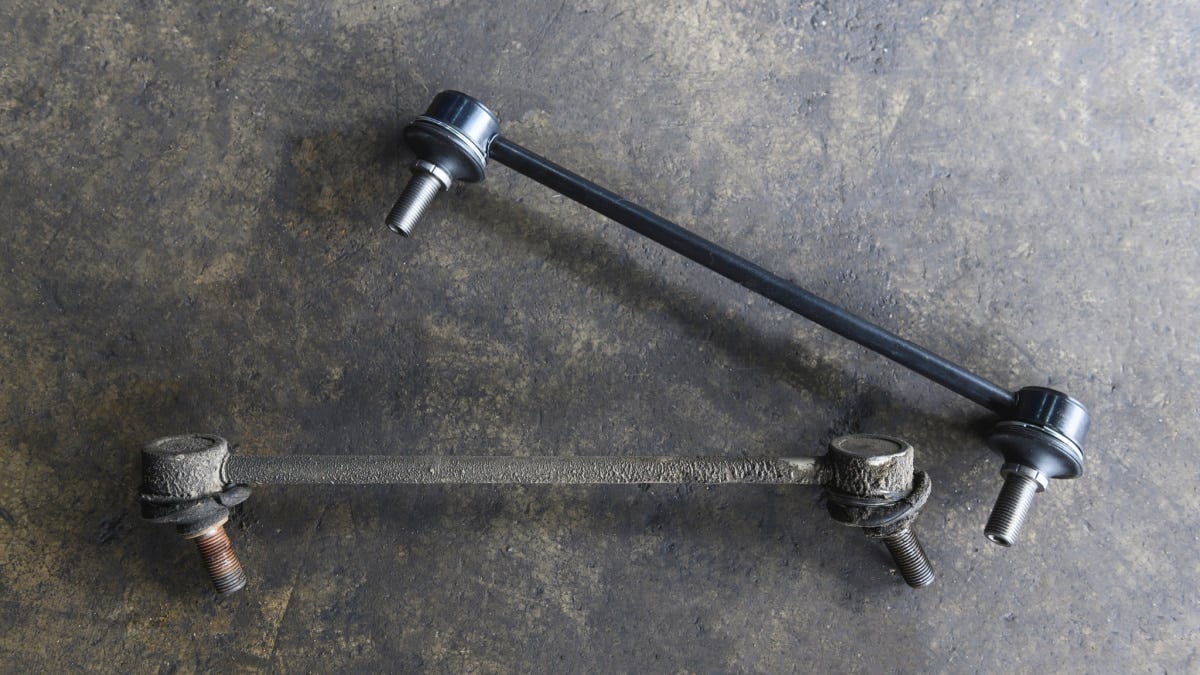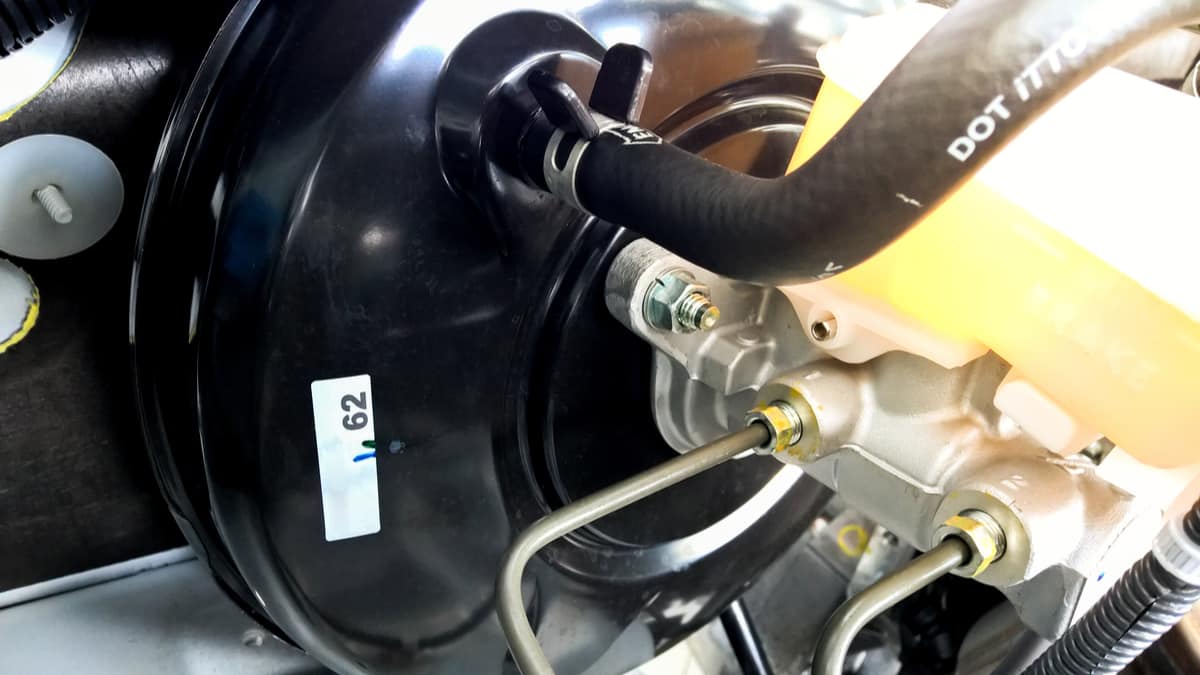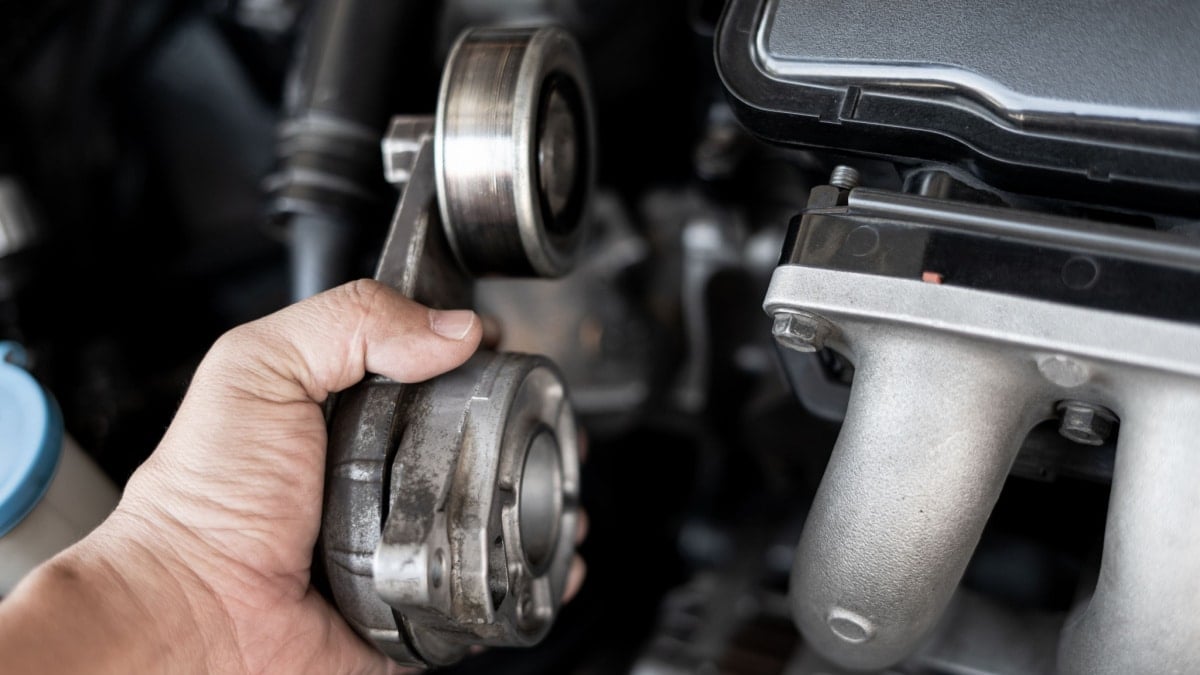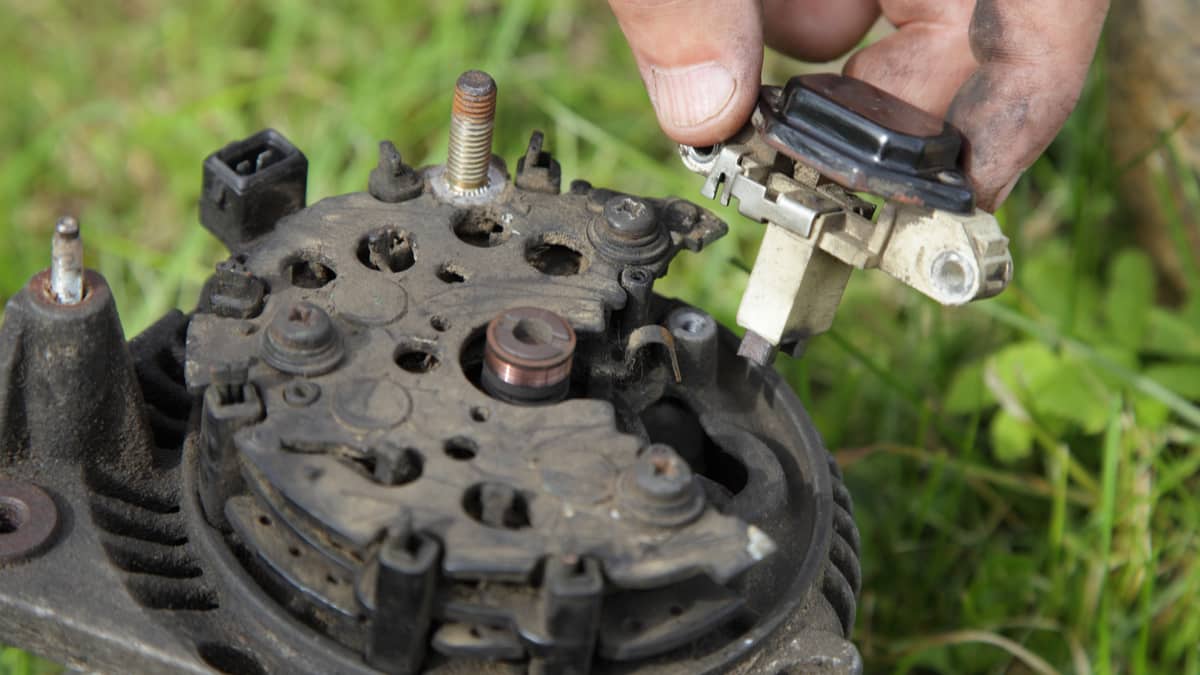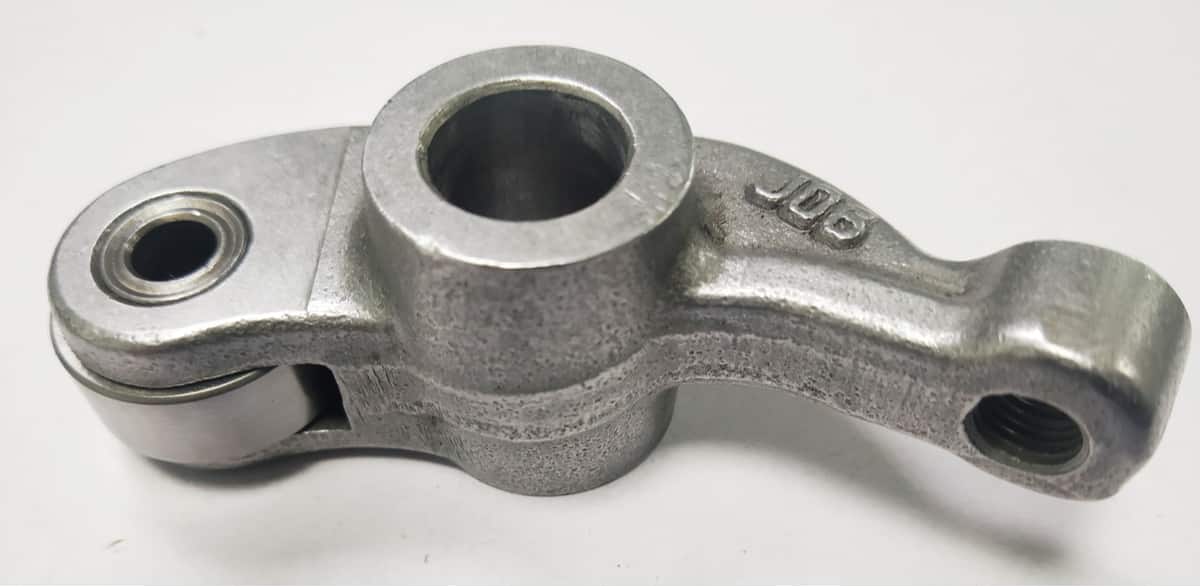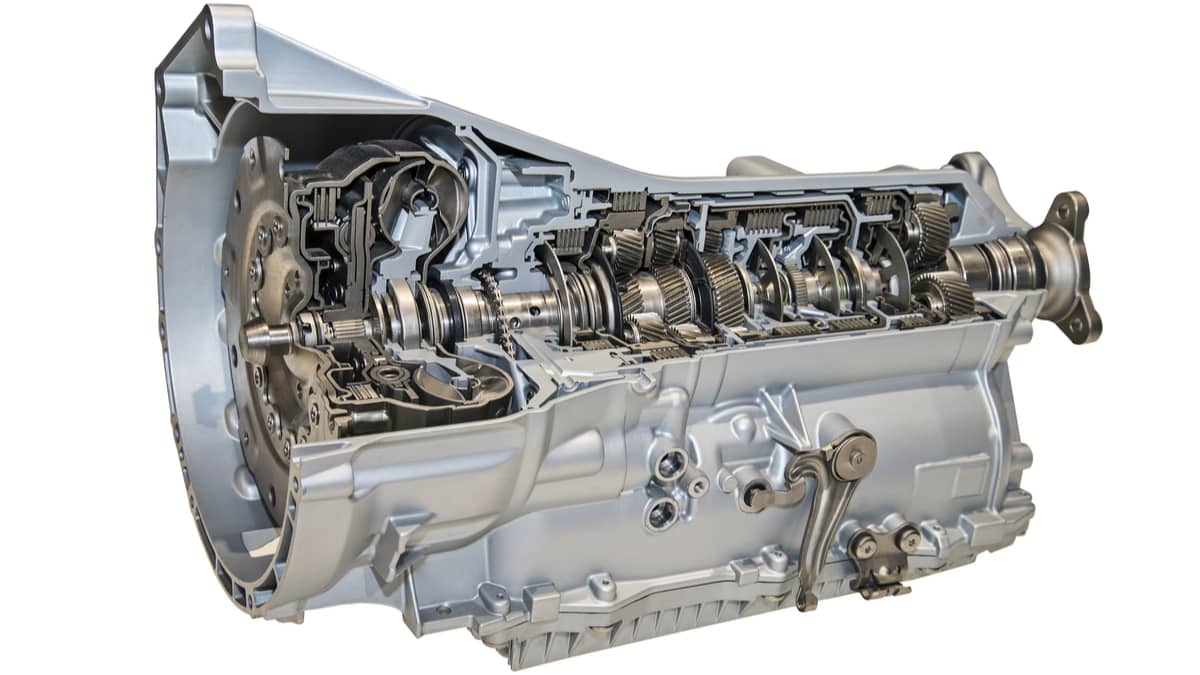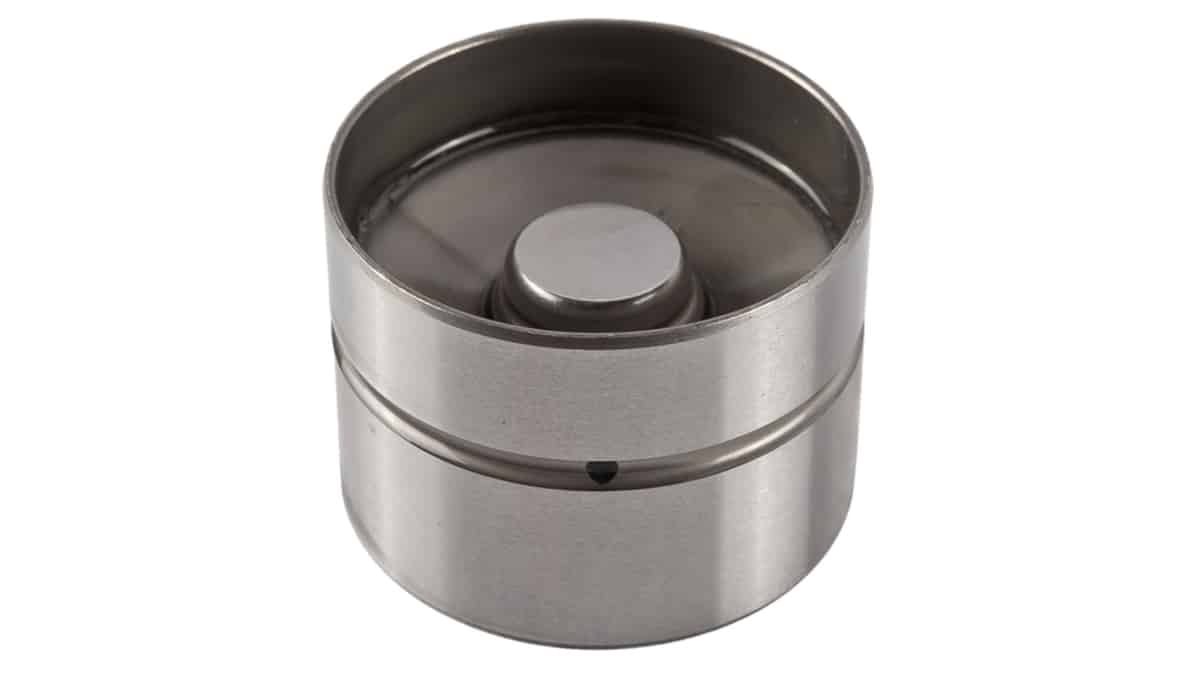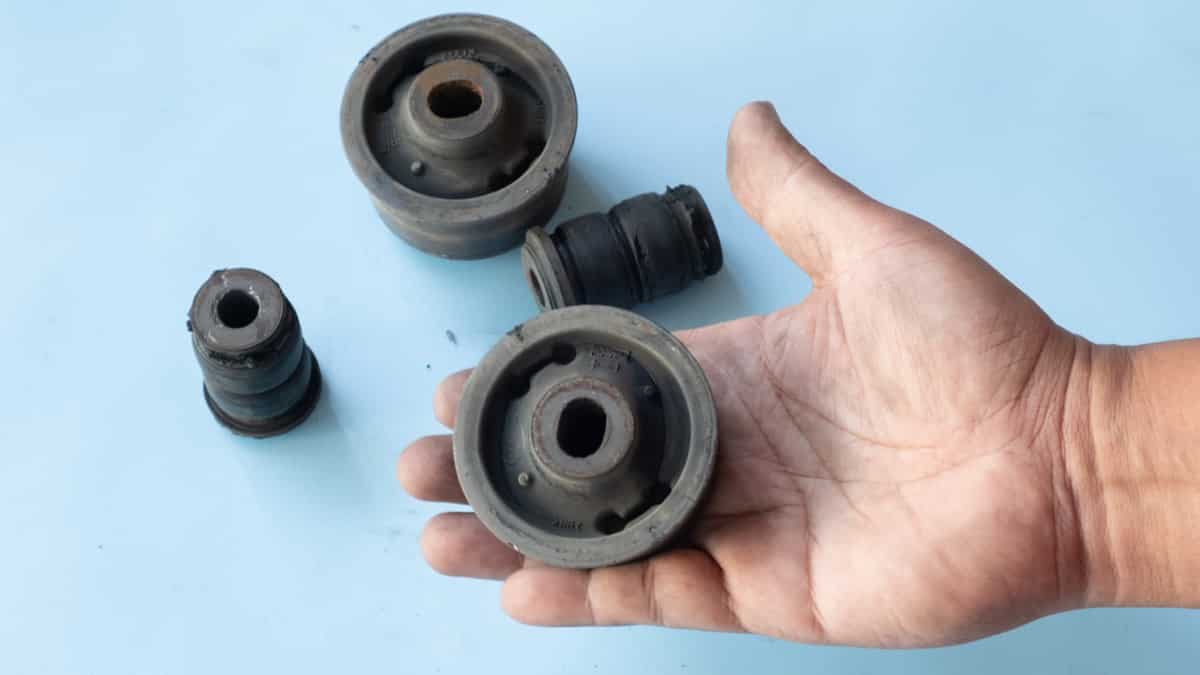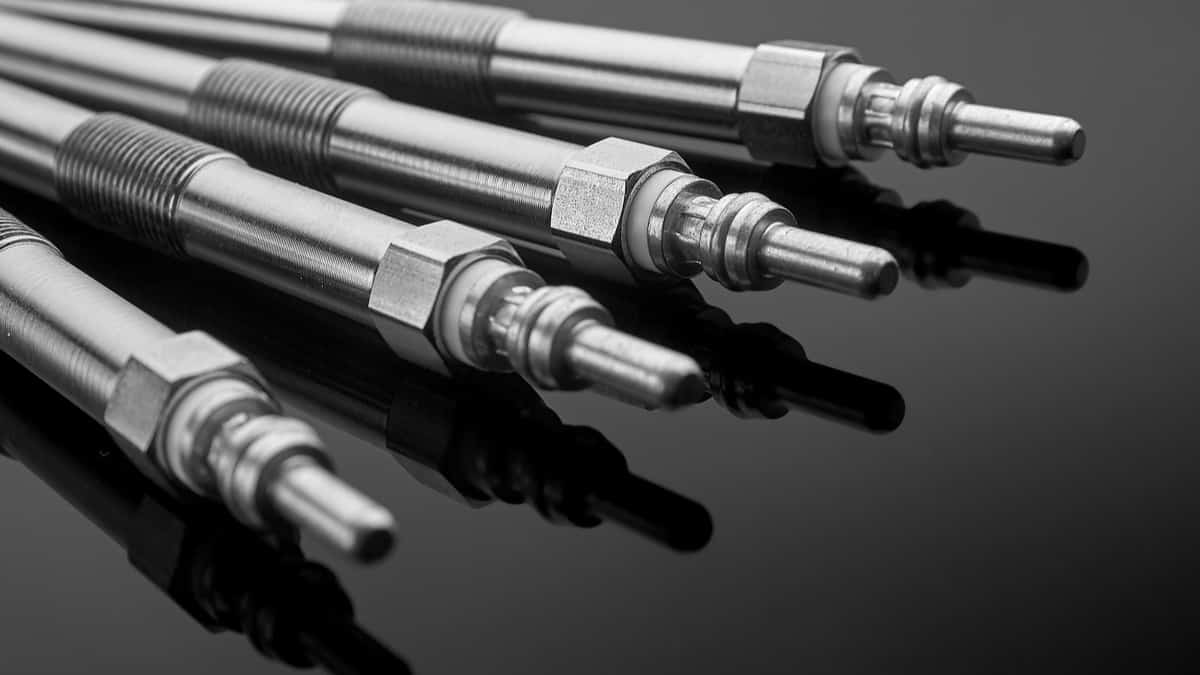When looking at a car’s suspension system, you find a lot of parts meant to work together. One component that rarely gets talked about in the suspension is the sway bar link, but this little part has a big job. That’s why it’s important to know the bad sway bar link symptoms, as well as the purpose of these components.
In this guide, we evaluate the top symptoms of a bad sway bar link. We also show you its location and function, so you can better understand why the links are needed.
If you want to troubleshoot the defect yourself, you must know how to test the sway bar links and look at the average replacement cost. If you want to perform the replacement yourself, we also give you some basic steps to follow. At the end of our article, we are going to answer your top questions about sway bar links in general.
Symptoms Of A Bad Sway Bar Link
When a sway bar link goes bad, you could notice extreme body roll and hear some strange clunking or popping noises when driving over bumps. You may also experience unusual vibrations, uneven tire wear or deal with poor handling of the vehicle until the defective part is replaced.
Here is a more detailed list of the most common bad sway bar link symptoms:
1. Extreme Body Roll
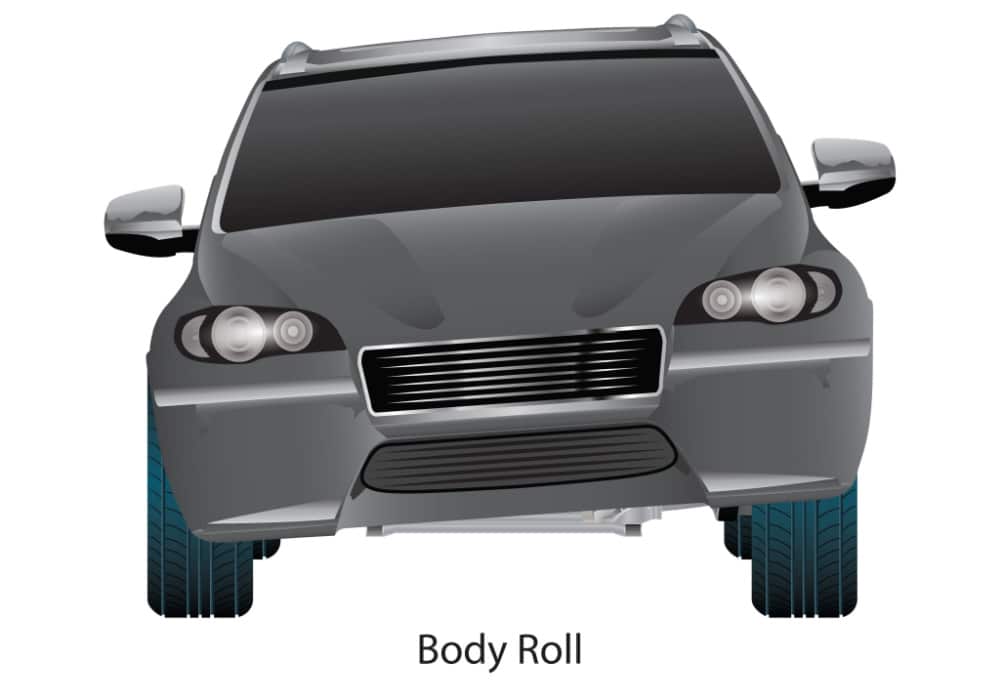
Without solid sway bar links, there’s a lack of stabilization in the vehicle. Without this stabilization, you are going to notice more leaning, especially when going around turns. In fact, this is normally the first symptom to arise when the sway bar links fail.
The same problems can crop up if you are having trouble with the sway bar itself. For this reason, a complete inspection is needed to determine what’s going on.
2. Strange Clunking/Popping Noises
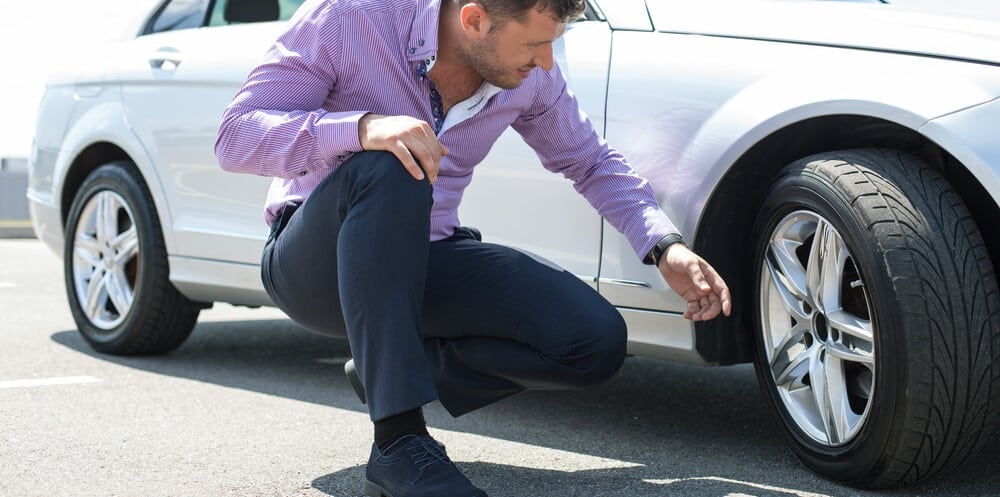
The second most common symptom is strange noises. When the sway bar links fail, it’s normal to hear some clunking and popping sounds. You might notice the noises more when you travel over imperfect roadways or bumps.
The reason for these noises is that the sway bar links are moving more than they should and the play in the ball joint will create noises. Any noise when traveling over bumps should warrant an immediate inspection to the suspension.
RELATED: Clunking Noise When Driving Over Bumps – Causes & Fixes
3. Poor Handling
With all of the other problems mentioned, it should be obvious that the car’s handling is going to suffer. Once the sway bar links become damaged, there is a lack of stabilization. This problem leads to poor handling, mainly when tackling a corner.
Your vehicle steering could feel loose. You may even notice some drifting as you take a corner. In general, the feeling can be comparable to what the car feels like when a tire goes flat.
4. Unusual Vibrations
For the same reasons that the car can start making noises, you may also experience strange vibrations. As the popping or clunking occurs, you could easily feel this in the cabin.
In some cases, the vibration is going to occur in the steering wheel. However, it could also get bad enough to vibrate your seat.
5. Uneven Tire Wear
Because of the additional body lean, your car is going to take the curves unusually. Because the car handles differently, there could be more uneven tire wear than normal, even if it’s not that common.
In some cases, you might notice bald spots starting on the tires. Additionally, there could be more wear on one side of the tire than another. When tires wear like this, it doesn’t just cause you to need replacements sooner, but it can also affect how your car handles on the road. At this point, you don’t need anything making your drive harder, so it’s important to have the problem rectified sooner than later.
Sway Bar Link Location
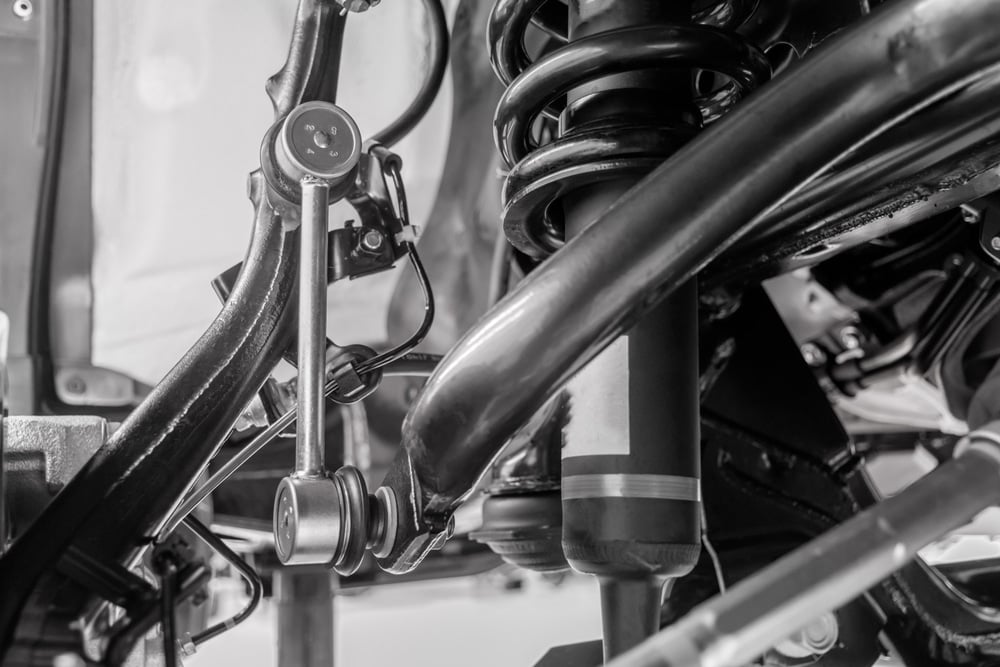
Before you can replace the sway bar links, you must know where they are located. Most cars contain a single sway bar at the front of the vehicle. However, there are some models that also have a sway bar in the rear.
The sway bar is bolted directly to the suspension of the vehicle through the sway bar links. For this reason, you will find links on either side of the sway bar.
Sway bar links can have different designs. Some contain studs and ball joints, while certain types use a long bolt with bushings and a sleeve. You can find more information about your car’s sway bar links by researching them in the service manual.
Sway Bar Link Function
The links connect the sway bar to the suspension of the vehicle. Therefore, it’s important to know what the purpose of the sway bar actually is. This vital suspension component is found in the front of every vehicle. There could also be a sway bar in the rear of some models.
Sway bars are used to reduce body roll when the car hits imperfections or takes a turn. It’s a necessary component to maintain stability and handling.
While the sway bar might last the lifetime of the vehicle, the links take on much more abuse. For this reason, you may only get 50,000 miles out of them, especially if you drive down roads that are excessively bumpy and rough.
Testing Sway Bar Links
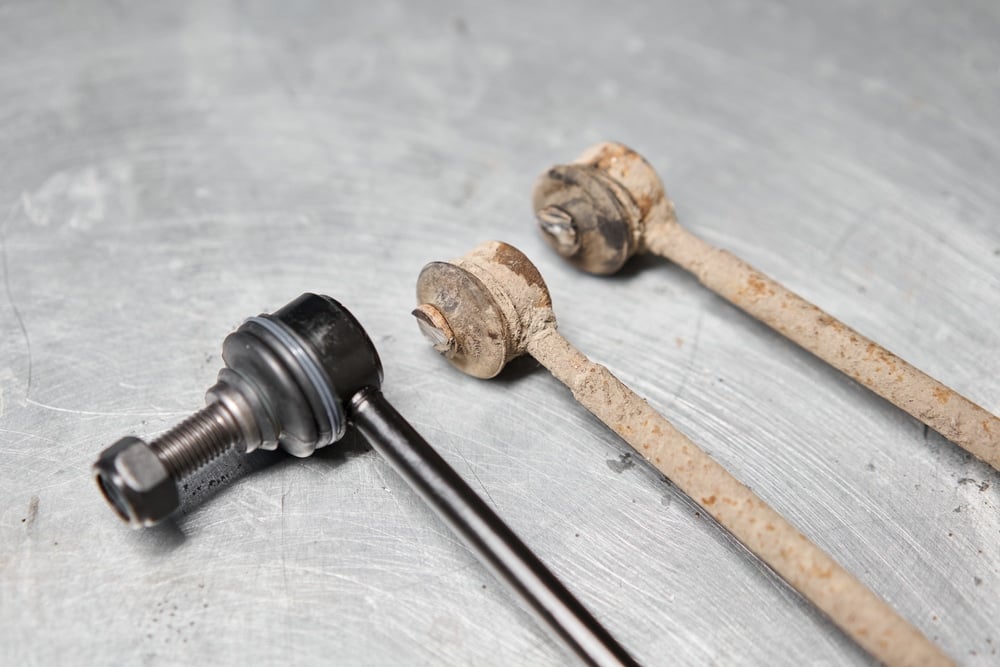
1. Road Test
The first way to check over the car is to take it on a road test. You want to listen carefully to the noises it’s making and determine where they are coming from.
During the road test, you can also evaluate the handling, which may help indicate where the problem lies. Once you have this information, you will be better equipped to inspect the components in the next step.
2. Inspect
The best way to inspect the suspension system is to put the vehicle up on a lift. Once you can get underneath the car, you can hold the sway bar link and move it around. Don’t just move it side to side, but also up and down.
During these movements, you are looking for any excessive play that might be present. If there’s too much play, it’s time to replace the sway bar links. Additionally, now is a good time to look over the entire inspection. Examine the sway bar link bushings, ball joints, and sway bar itself for any signs of wear or damage.
3. Replace in Pairs
It’s important to test both sides of the suspension for wear. Still, even if you don’t notice any issues with the other side, you may choose to replace both links at the same time.
It will take you a little more work to replace both sides, but it’s better than the alternative. You could replace one side and have to do the other in a few more miles.
Sway Bar Link Replacement Cost
On average, you may spend $150 to $250 to have the sway bar links replaced. However, the parts are cheap, typically costing $100 or less for the pair. It’s the labor that adds the most to the cost.
For this reason, if you are able to replace the sway bar links by yourself, you could save a lot of money. You just need to have the right tools and some basic expertise. It can be difficult to remove the sway bar link due to rust, so it can be a little bit of a challenge, and it may need an angle grinder in some cases.
How to Change Sway Bar Links
1. Disconnect Old Links
With your vehicle up on the lift or raised on jack stands, you have access to the sway bar and links. To disconnect the link from the sway bar, you may need a specialized tool. This tool holds the stud connecting the link to the suspension system.
Once the stud is secure, you can use a wrench to loosen the nut and remove it. This must be done to the top and bottom of the sway bar link with both nuts removed. Once you do that, the sway bar should come off easily. However, when loosening the nut, you may realize that it just spins, and that’s because you need to hold the backside of the sway bar link with a special tool or a plier.
2. Install New Links
With a wrench, you can hold the stud on the end of each link, so you can add the new lock nut. It’s important that you get new lock nuts, as these aren’t meant to be reused. Sometimes, it’s necessary to compress the suspension to get the lock nuts in the right position.
Once the sway bar link is in its position, you want to tighten the nut up with your hand. Once it reaches the lock nut, use your wrench to finish it off. Reference the manufacturer’s torque values to ensure it doesn’t get over tightened.
3. Test Drive the Car
Once you have the new sway bar links installed, it’s time to lower the vehicle back to the ground and take it for a ride. Perform a quick inspection of the vehicle to make sure everything looks right. If you notice anything unusual with the ride height, it’s important to deal with that before getting on the road.
As you test drive the vehicle, pay attention to the handling. You also want to listen for any of those sounds to reoccur, indicating that the fix might not have resolved the problem.
What Happens if You Drive With a Bad Sway Bar Link?
You can continue driving with bad sway bar links, but you may have trouble controlling the vehicle. You will also hear some strange sounds as you head over bumps. For these reasons, it’s best to have the bad links replaced sooner than later.
What Does a Bad Sway Bar End Link Sound Like?
When the sway bar links go bad, the most common sounds include popping and clunking. These sounds are going to be most noticeable as you drive over a bump or if you are heading down a rough road.
What Happens When a Sway Bar Goes Out?
At first, you may only notice the strange sounds or experience some excessive body roll, especially when taking a turn. However, if left unchecked, the problems could cause uneven tire wear, poor handling and bad vibrations.
Do I Need an Alignment After Replacing Sway Bar Links?
There’s no need to get an alignment once you replace the sway bar links unless the car was due for it in the first place. However, there are some times that you will want to get an alignment after changing out suspension parts, such as when you put on new tie rods or struts.
Can I Replace Sway Bar Links At Home?
If you have the right tools and are mechanically inclined, it’s not that difficult to replace sway bar links. We recommend getting the service manual for your vehicle so you know the appropriate procedure and specs before getting started.
How Often Should Sway Bar Links Be Replaced?
The sway bar links could last a long time but are also known to go bad after 50,000 miles if you drive over uneven terrain often. On the other hand, the sway bar should last the lifetime of the vehicle unless you have caused damage to it.
By watching for the bad sway bar link symptoms, you can head off any handling issues before they get too bad. By testing the sway bar links and replacing any that are defective, you can ensure better safety on the road.
Sway bar links are an important part of your car’s suspension system, so it’s important to be aware of signs that they may need to be replaced. If you notice any of the bad sway bar link symptoms listed above, inspect the sway bar links and replace them if necessary.
Learn more:
- 6 Symptoms of Bad Shock Absorbers
- How Much Does Car Suspension Repair Cost?
- 5 Symptoms of a Broken Coil Spring
Categories: Suspension
